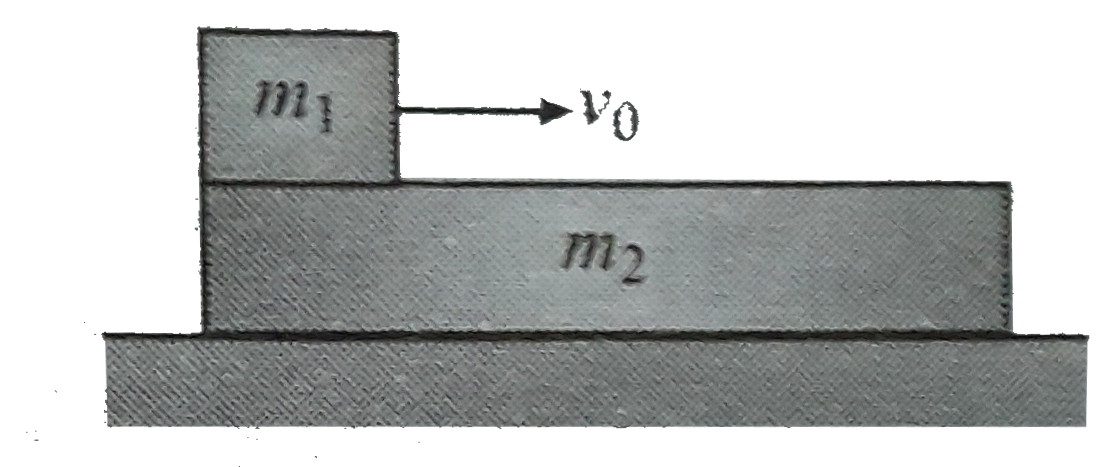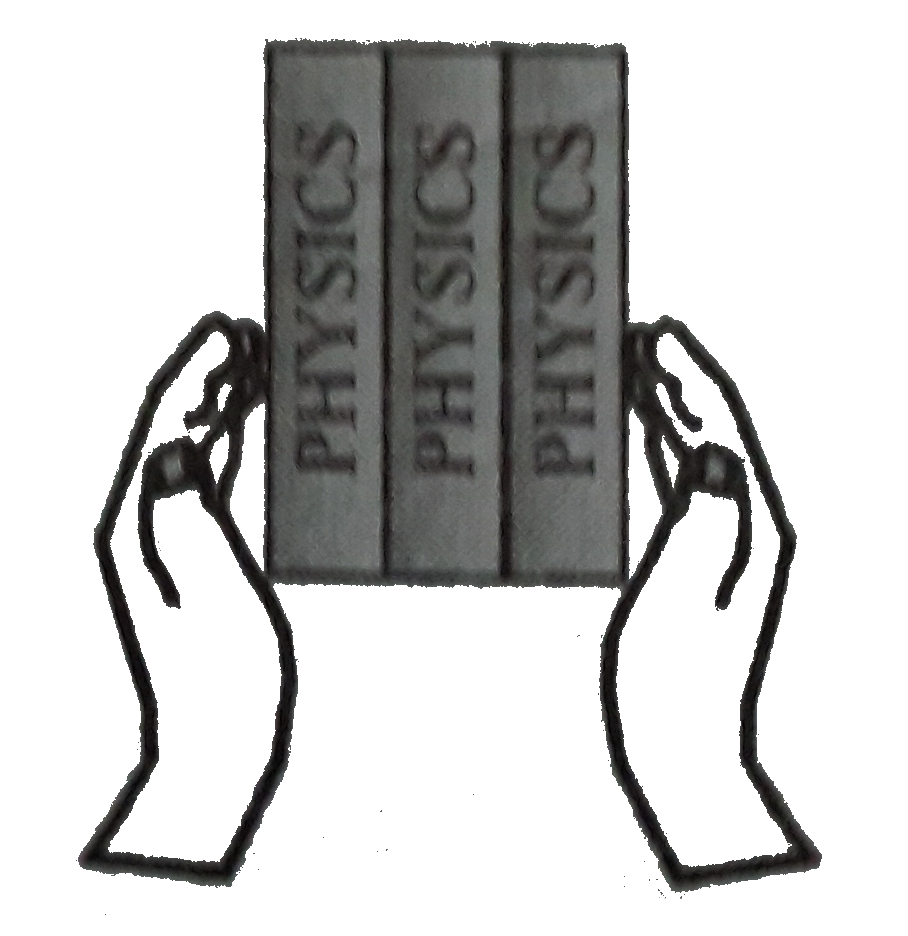Complete Solutions to Exercise 7.2 of chapter NEWTON'S LAWS OF MOTION 2 of Class 11 book with complete answers and questions
| Class 11 | PHYSICS |
| Chapter | NEWTON'S LAWS OF MOTION 2 |
| CENGAGE PHYSICS | Exercise 7.2 |
| Number Of Questions | 16 |
| Academic Year | 2023-24 |
A block of mass `1 kg` is horizontal thrown with a velocity of `10 ms^(-1)` on a stationary long of mass `2 kg` whose surface has a `mu = 0.5`. Plane rest on friction surface find the time when `m_(1)` comes to rest w.r.t. plane

View SolutionIn Fig. initialy the system is at rest .Find out minimum value of `F `for which sliding start between the two blocks Given`m_(A) = 10 kg` and `m_(B) = 20 kg`

View SolutionFind the acceleration of the two blocks The system is initaily at rest the friction coefficient are as in fig 7.138 Given `m_(A) = m_(B) = 10 kg`

View SolutionFind the acceleration of the two blocks . The system is initialy at rest and the friction are as shown in fig .Given `m_(A) = m_(B) = 10 kg`

View SolutionFind the acceleration of the two blocks The system initally at rest and the friction coefficient are as shown in fig 7.140? Also find maximum `F` for which two blocks will move togather Given `m_(A) = 10 kg and m_(B) = 20 kg`

View SolutionThe block A is kept over a plan B. The maximum horizontal acceleration of the system in order to prevent slipping of A over B is `a = 2 ms^(-2)` find the coefficient of friction between A and B

View SolutionFigure shows a small block `A` of mass `m` kept at the left end of `a` plank `B` of mass `M = 2m` and length `l` . The system can side on a horizontal road. The system is started towards right with the initial velocity `v`. The friction coefficient between the road and the plank is `1//2` and that between the plank and the block is `1//4` . Find

(a) the time elapsed before the block separates from the plank
(b) displacement of block and plank relative to ground till that moment.
View SolutionA small block of mass `m` is placed on a plank of masss `M` .The block is connected to plank with the help of a light string passing over a light smooth pulley shown in fig. The co-efficient of static friction between the plank is `mu ` The co-efficient of friction between the plank and the horizontal force `F` applied on the block of mass `m` can make block not to slide relatively?

View SolutionTwo block A and B are arrenged as shown in figure `(m_(A) = 5 kg and m_(B) = 10 kg)` Find the acceleration of blocks if `F = 40 N`

View SolutionIn Fig block 1 is placed on top of block `2` .Both of then have a mass of `1 kg` The coefficient of friction between block 1 and 2 are `mu_(s) = 0.75` and `mu_(k) = 0.60` The table is frictionless A force `p//2` is applied on block `1 ` in the left and force `P` on block `2` to the right .Find the minimum value of `p` such that sliding accore between the two blocks

View SolutionA mass of `80 kg` stands on a horizontal weight machine of negligible mass , attached to a massless platform `P` that sliding down at `37^(@)` incline. The weight machine reads `72 kg` the man is always at rest weight machine calculate

a. the vertical acceleration of the man.
b. the coefficient of kinetic friction `mu` between platform and incline.
View SolutionA block of mass` m_(1) = 1 kg` is horizontally thrown with a velocity of `v = 10 m//s` on a statonary long plank of mass`m_(2) = 2 kg` whose surface has `mu = 0.5 ` plank rest on friction surface find the time when the block comes to rest w.r.t plank

View SolutionA side of a simplified form of verticle latch B is as shown in figure The lower member A can pushed forward in its horizontal channel . The slide of the channels are smooth , but at the interfaces of A and of which are at `45^(@)` with the horizontal there exists a static coefficient of friction `mu = 0.4` what is the minimum valueforce `F` that must be applied horizontal to A to start motion of the latch B

View SolutionFind minimum normal force to be each hand to hold there identical books in verticle position Each books has mass `m` and the value of coefficient of friction between the books as well as between hand and the book is `mu`

View SolutionA plank of mass `M` is placed on a rough horizontal force `F` is applied on it A man of mass m rens on the plank find the acceleration of the man so that the plank does not move on the surface . The coefficent of friction between the plank and the surface is `mu` Assume that the man does not slip on the plank

View SolutionA man of mass `m` is moving with a constant acceleration a w.r.t plank is .The plank less on a smooth horizontal floor If the mass of plank `m` then calculate the acceleration of plank and man w.r.t ground and frictional force extended by plank on man

View Solution
Exercise 7.2 questions and complete solutions for chapter NEWTON'S LAWS OF MOTION 2 of CENGAGE PHYSICS (HINGLISH) of Class 11